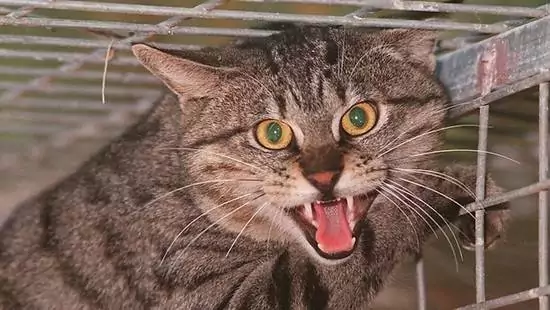0
The common portrayal of alley cats in popular culture is often a romanticized one. We imagine a whimsical, adventurous creature, donning a playful hat, and living a seemingly carefree existence on the streets. This cat enjoys basking in the sun on cozy verandas, climbing high trees for spectacular views, and happily feasting on scraps provided by generous locals. This charming depiction paints a picture of freedom, resilience, and whimsical adventure.
In contrast, the real-life experiences of these cats, commonly known as feral cats, are significantly less idyllic and more fraught with difficulties.
Feral cats inhabiting urban environments face a multitude of dangers and challenges. Their life expectancy is much shorter than that of house cats, often limited to just a few years. Among the many risks they face, traffic accidents are common as they navigate busy city streets.
Territorial disputes with other feral cats frequently lead to injuries or infections, which can be lethal without treatment. They are also vulnerable to diseases like feline immunodeficiency virus (FIV) and feline leukemia virus (FeLV), and to parasites including fleas and worms.
Additionally, feral cats often encounter negative attitudes from people who see them as nuisances, leading to instances of deliberate harm or poisoning.
The struggle for food and shelter is a constant reality for these cats. Contrary to the notion of them being fed by sympathetic individuals, many feral cats have difficulty finding enough food, a situation that worsens in colder months. Extreme weather conditions also pose a significant threat, with many succumbing to the cold due to inadequate shelter.
Thus, the fanciful image of the alley cat is far from their actual hardships and perils. Feral cats endure a life marked by danger and difficulty, a fact often overshadowed by a more romantic portrayal. Recognizing the true plight of these cats is essential for aiding them through initiatives like trap-neuter-return (TNR) programs and other humane approaches.
Besides posing health risks to each other, feral cats can transmit diseases to domestic pets and humans. Urban shelters, already at capacity, face challenges with feral cats, who often fare poorly in such environments and pose risks to handlers. Most feral cats in shelters are euthanized due to being unadoptable, and the lack of reporting of feral colonies exacerbates the issue, leading to uncontrolled population growth.
Alley Cat Allies emerged in 1990 as a beacon of hope for stray and feral cats, addressing the shortcomings of traditional animal control and shelter systems. This organization, founded by two dedicated women, offers comprehensive educational materials to foster understanding and compassion for these street-dwelling cats.
A key initiative of Alley Cat Allies is the TNR program, which aims to stabilize and reduce feral cat populations. This program involves humane trapping, spaying or neutering, and returning cats to their territories. Neutering provides numerous benefits, including reducing territorial and aggressive behaviors and controlling population growth.
The Alley Cat Allies website is a valuable resource for those interested in learning more about the stray and feral cat situation in the United States and offers various ways to get involved, including volunteering, fostering, or pursuing a career in animal welfare.
Alley Cat Allies stands as a testament to the impact of compassion and committed action, working to transform the narrative of stray and feral cats from one of struggle to one of care, community, and compassion.

